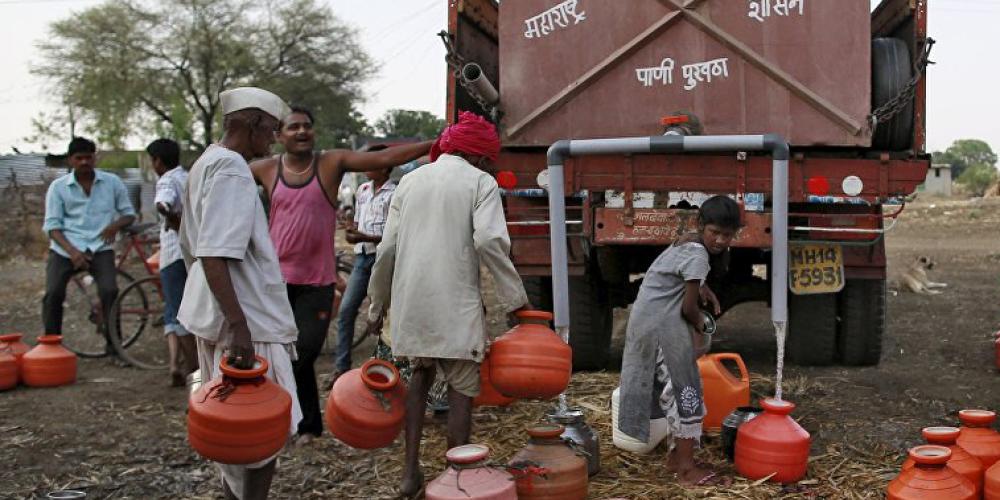I n recent years, the economic outlook for many developing countries appeared bright. But the World Bank has lowered its expectations for 2015, saying they now face a series of tough challenges.
The World Bank projects developing countries will grow by 4.4 percent this year, instead of the earlier forecast of 4.8 percent. Ayhan Kose, Director of the bank’s Development Prospects Group, gives a major reason why prospects dimmed this year, NewsNow reported.
“Developing countries as a group have been slowing down since 2010,” he said. “It’s fair to say that. But what happened in 2014 and a part of this year [was] a significant drop in oil prices started weighing on activity, especially in oil exporting economies.”
Kose said, “Brazil, now we’re expecting, is going to have a recession. Russia is going through a painful recession. Both of those are big emerging market economies. And you look at the emerging market economies. For example, China is going through an orderly slowdown. South Africa has serious structural bottlenecks. All of these when you put them together led to a forecast revision.”
Over Lower Oil Prices
Bad news for developing oil-exporting countries, he said, is good news for importers. “It is a windfall for the global economy. And we still think that the benefits of oil price decline will be materialized during the next 12 to 18 months. For oil exporting economies it’s a painful adjustment. But for oil importing economies there’s no question it’s a positive development.”
The decline in oil prices is causing a global economic shift. “Ultimately, with the decline in oil price what you see is a real income transfer from oil-exporting economies to oil-importing economies – the consumers, the spenders,” he said.
The World Bank official said, however, consumers are still hesitant to use their savings from lower oil prices to buy things. Spending spurs economies, but there’s still a lack of consumer confidence. So what about those oil exporting developing counties–like Nigeria and Angola-that pinned their hopes on their oil reserves?
“For this year, we reduced our growth forecast for Nigeria and Angola. And in both countries you see policy adjustment as well. Nigeria reduced their expenditures, the fiscal spending. They are taking measures to adjust to this new environment. At the same time, over the medium term, we expect them to think about diversification-to think about more investment in infrastructure-investment in human capital,” Kose said.
The bank’s forecast for the turmoil-plagued Middle East and North Africa is just 2.2 percent this year. Officials are monitoring the various crises, saying they could trigger a rise in oil prices.
South Asia an Exception
A region that’s the exception to the World Bank forecast for developing nations is South Asia. It has a projected growth rate of 7.1 percent this year. “South Asia is becoming the fastest growing region. The main driver of that is India with [a] strong monetary policy framework, willingness to undertake reforms. All of these send a very strong signal that medium term growth prospects are going to get stronger,” he said.
The WB predicted that India would be the fastest-growing major economy for the first time this year, growing at a rate of 7.5 percent, up from the previous forecast of 6.4 percent.
The report said Bangladesh GDP growth for 2015-16 is unlikely to cross 6.3 percent. The global lender added that Bangladesh is still hamstrung by the adverse impact of political violence on exports in the previous fiscal.
“In Bangladesh, the growth forecast for FY 2015 has been revised down on account of recent political tensions. The forecast is now 5.6 percent, compared with 6.4 percent in the previous forecast and 6.1 percent in FY 2014,” the report said.
The World Bank comes out with its forecast for the world economy twice a year–once in January and once in June.


